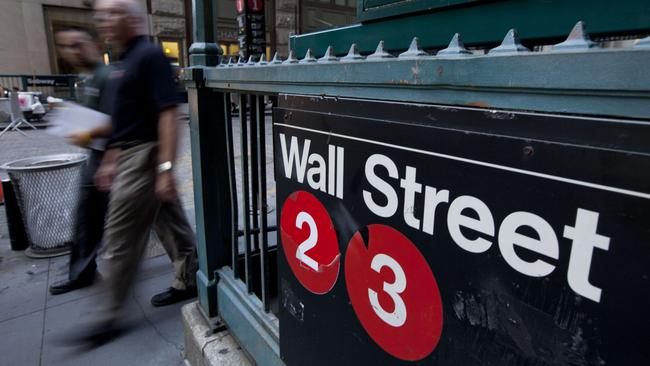
There is a saying in financial markets that when something looks too good to be true, it is too good to be true.
That the Dow Jones Industrial Average, one of the main measures of stock market movements in the US, rose from 20,000 to more than 25,000 in the space of 12 months is probably in the category of too good to be true.
A correction — and probably a substantial correction — was only a matter of time, particularly as the price-earnings ratios of many of the stocks in the index had been looking pretty toppy for some time.
To be sure, the rapid fall in stock prices in the US — and here, through a contagion effect — is a bit scary. But note that there are some macro-changes that are happening there that are also weighing on the stock and bond markets.
In particular, there is uncertainty about the future direction of monetary policy in the US. A newly appointed chairman of the US Federal Reserve has the unenviable task of returning interest rates to more normal level at a pace that doesn’t dampen strong economic growth while also holding any incipient inflationary pressures at bay.

Having said that, there does seem to have been an over-reaction to some recently released US data, including the wage growth figure of 2.9 per cent, annual. While it is true that this sort of wage growth hasn’t been seen for eight years, it is hardly off the charts and there are some specific explanations — some states have adjusted their minimum wages in the period, for example — that have contributed to this figure.
The truth is that the kick-up in wages is what we would expect from an economy growing relatively strongly and a labour market characterised by very low unemployment. It’s actually something to embrace rather than fret about.
There is also something about the US stock market that is sadly lacking here. If we look at the top companies by market capitalisation, we find in the US a remarkable dynamism. The top US companies are all relative newbies: the Googles, the Microsofts, the Amazons, the Facebooks. If we look at our top companies, they are dominated by the big banks and resource companies. Our list of big companies looks positively sclerotic compared with the US.
It remains to be seen whether the Dow continues to correct even further, and drags the ASX down with it. But we need to keep our eye on the main game of fostering an economy that is conducive to flourishing businesses, investment and rising real wages.






